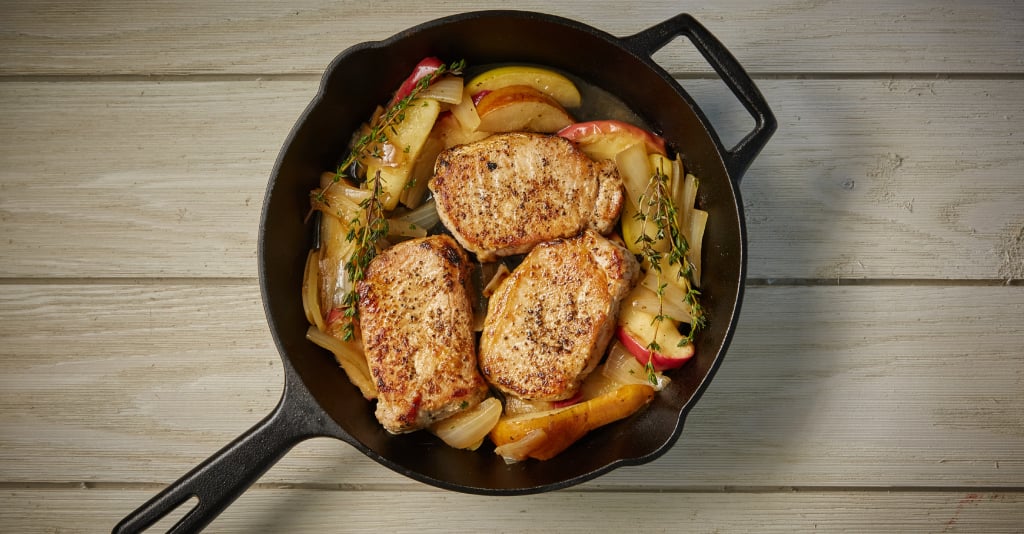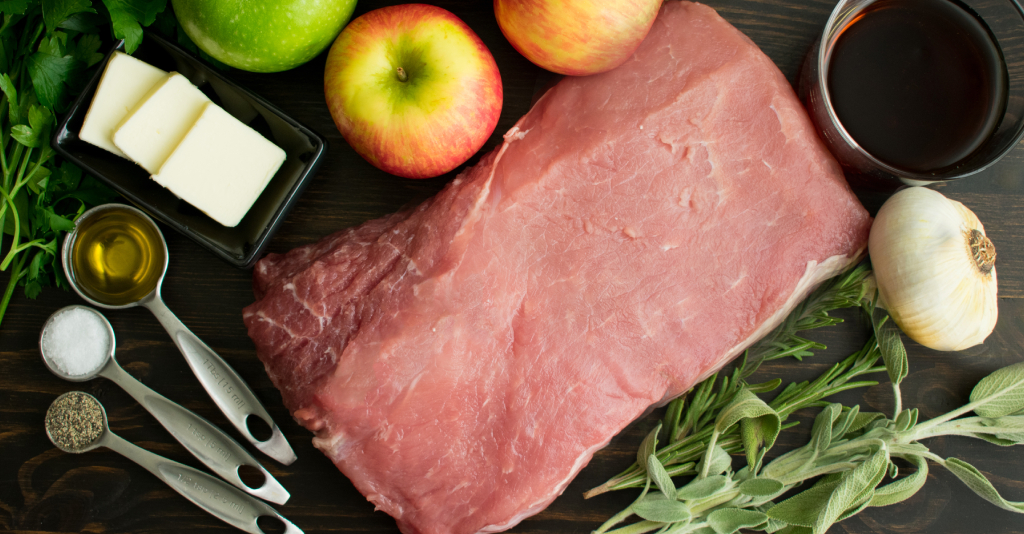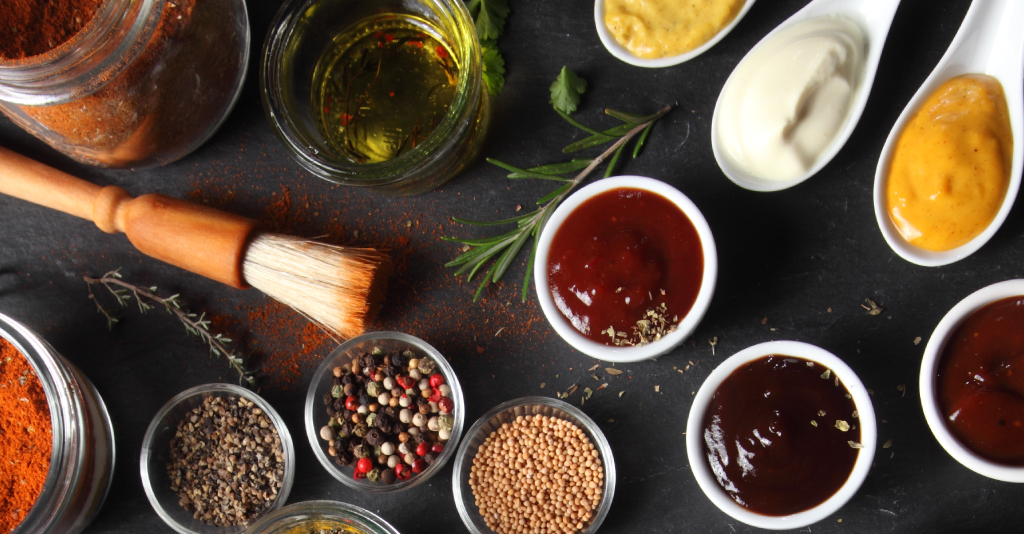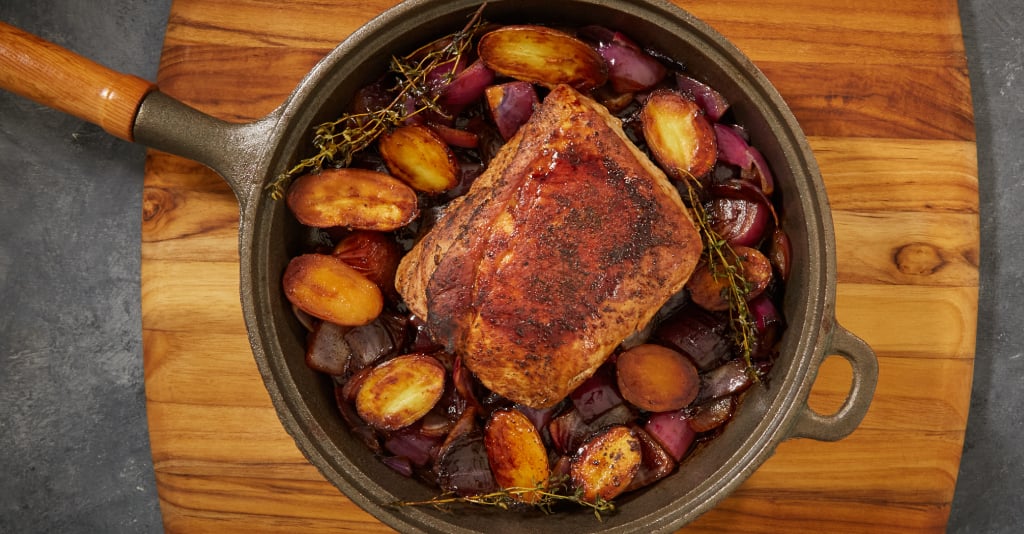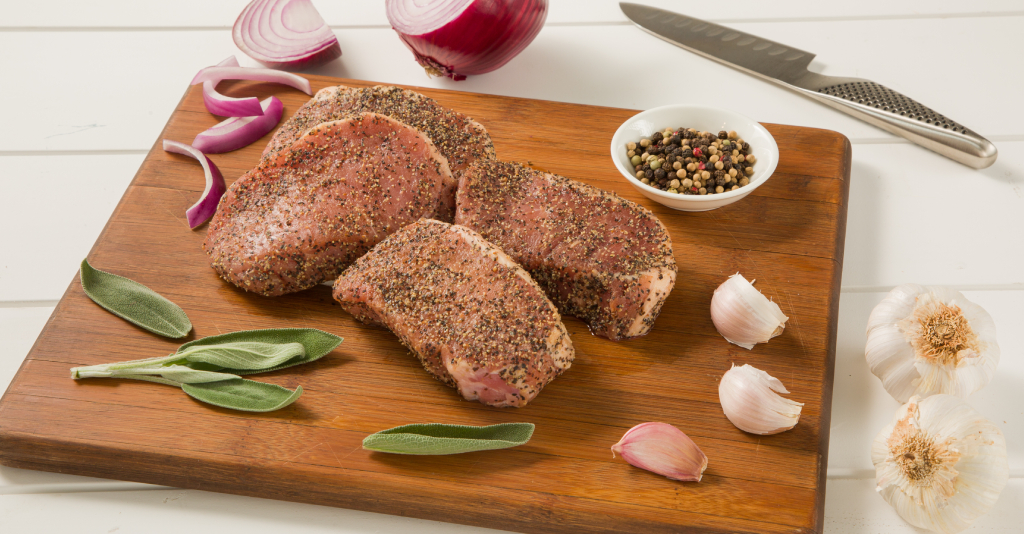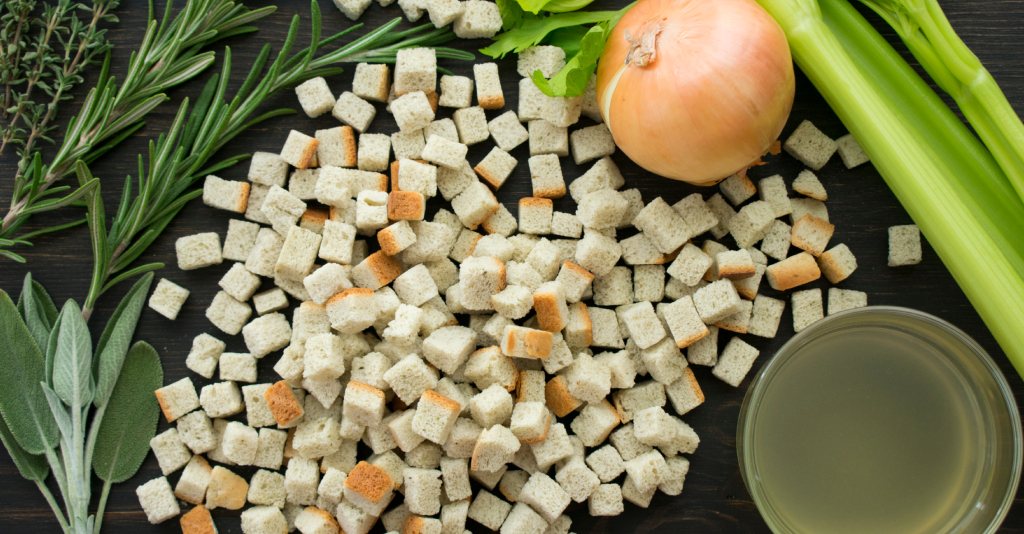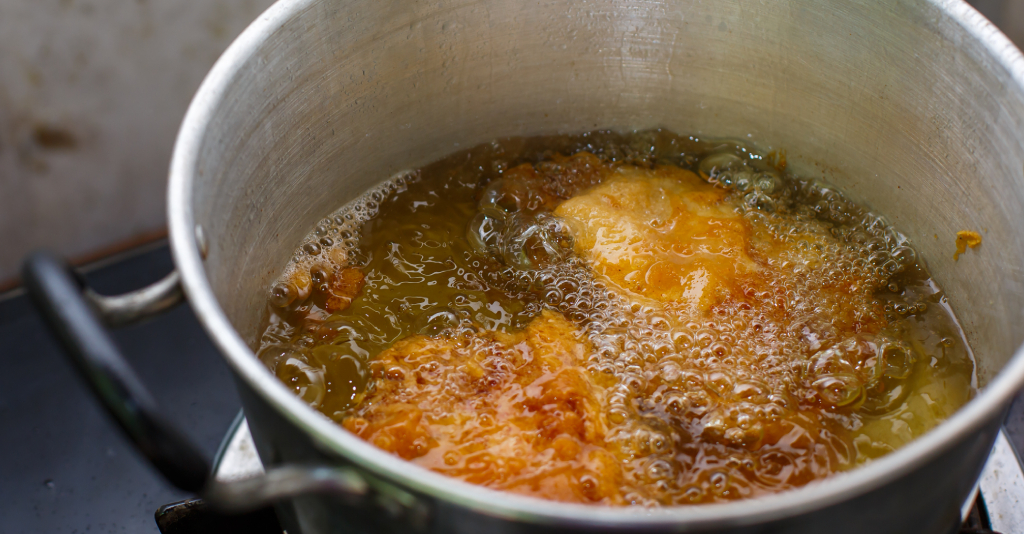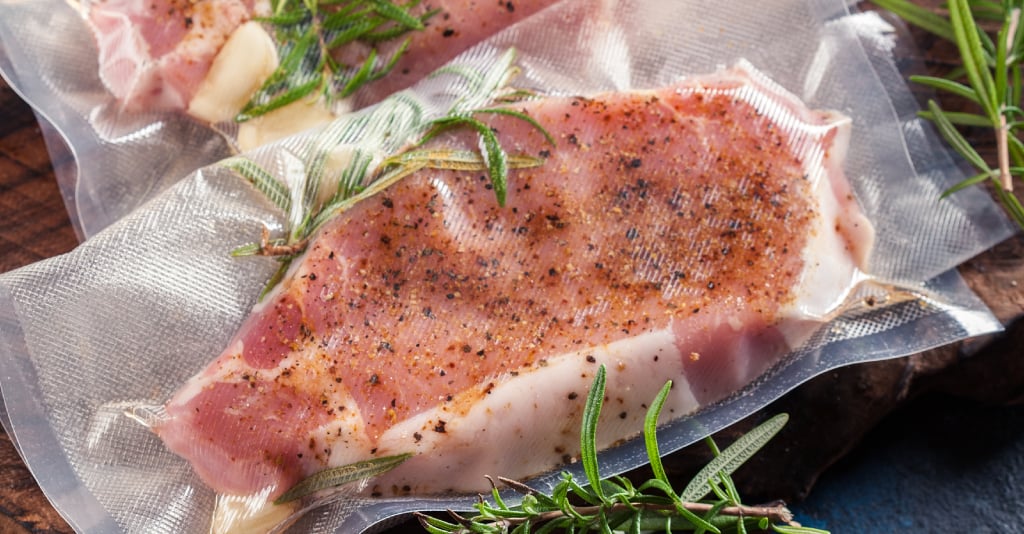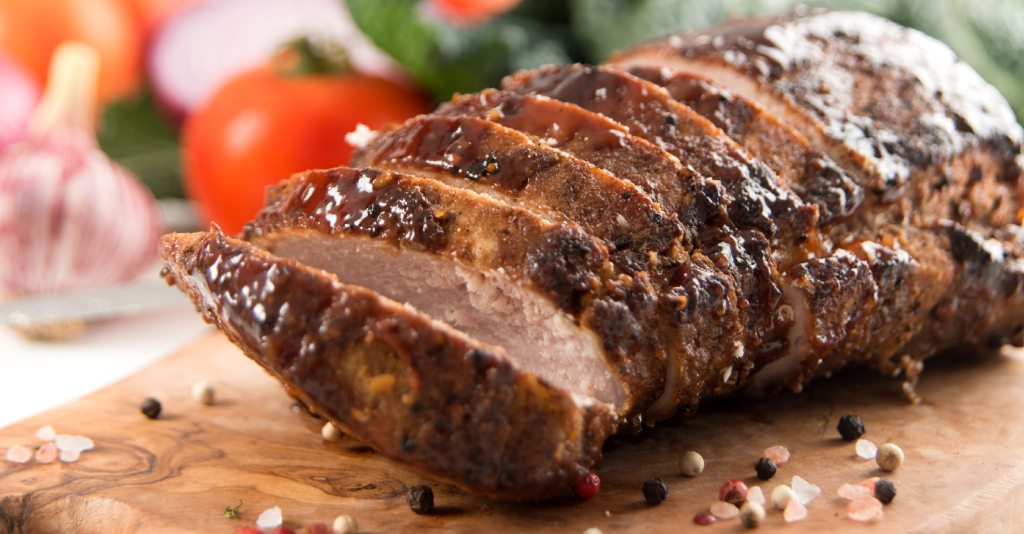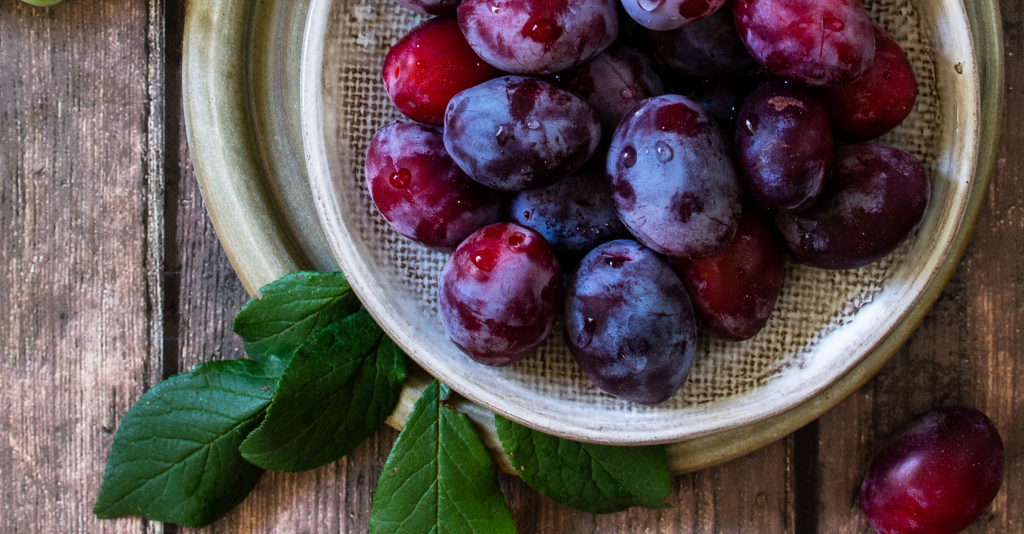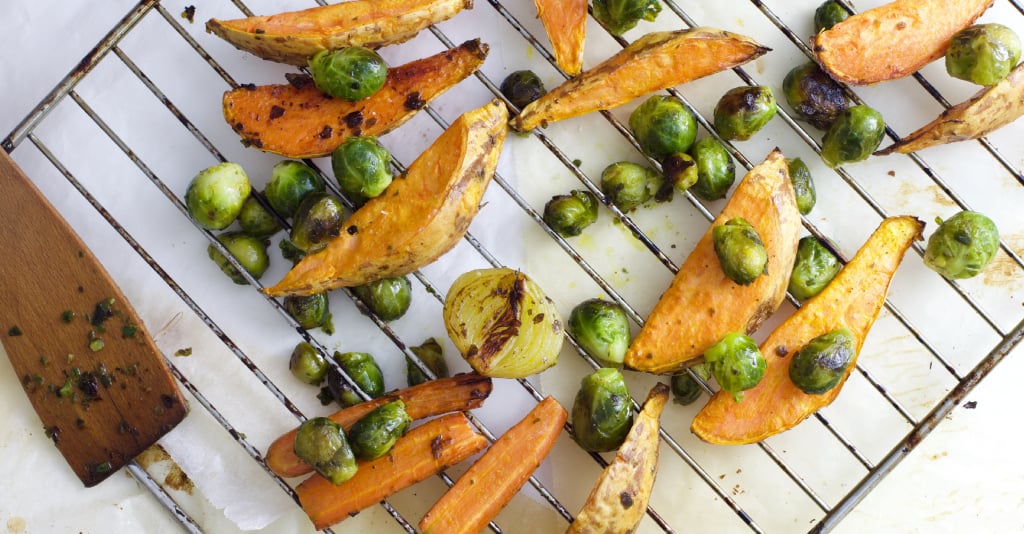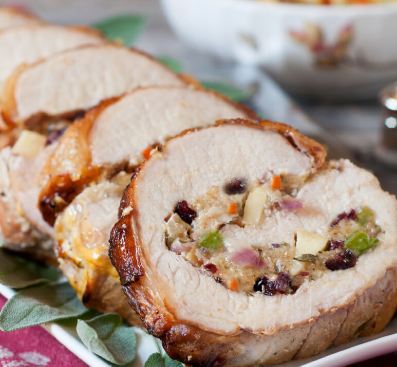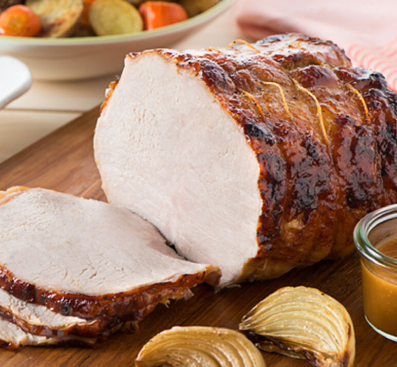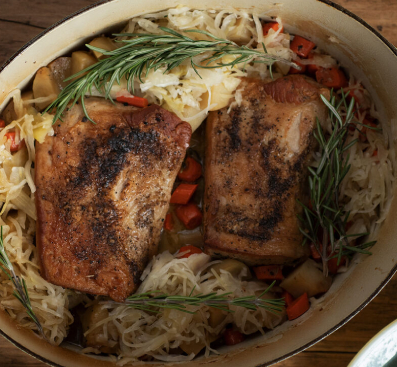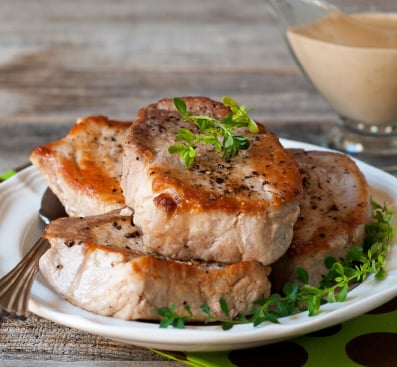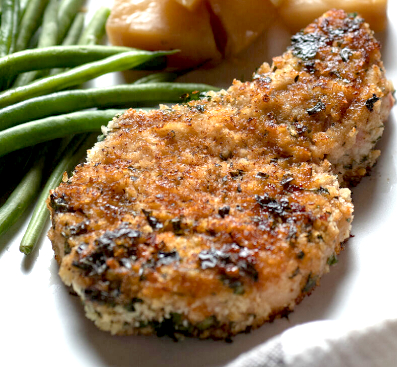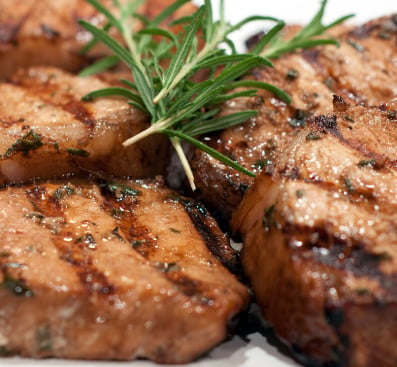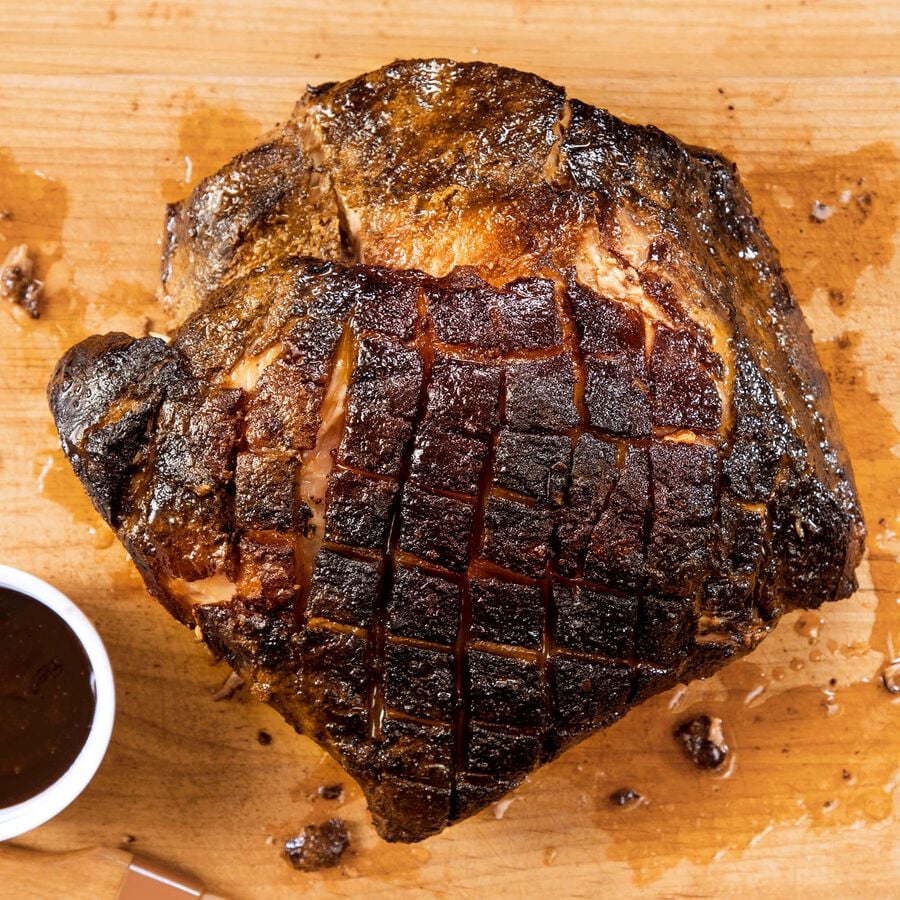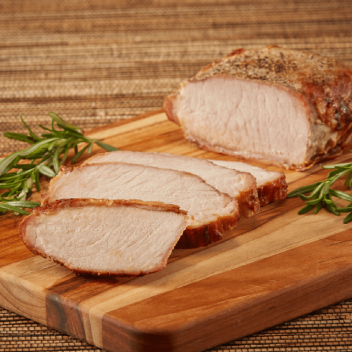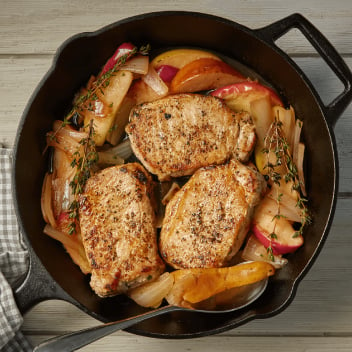How to Cook Pork
Do you find cooking pork a challenge? Wondering how to bring out the flavor of a chop or perfectly roast a pork loin? Here, Perdue Farms’ executive chefs share their best tips and tricks for cooking pork while retaining moisture and flavor. Give these methods a try to make the most of your Niman Ranch and Coleman Natural pork products. For summer grilling inspiration, see our Grilling Pork Guide.
A Note About Our Pork: We offer two brands of premium pork. Coleman Natural Foods is one of the largest producers of 100% crate-free, all-natural pork in the USA. Its farmers meet or exceed the animal care standards of American Humane Certified. Niman Ranch hogs are raised on small family farms in the Midwest. Heritage breeds are raised outside on pasture or in deeply bedded pens and are Certified Humane. All pork offered on Perduefarms.com is free of antibiotics and hormones. We believe that thoughtful, humane farming practices result in amazing flavor – we guarantee it!
The pork loin is 4 to 5 inches in diameter and runs down the back of the hog, along the bone and opposite to the tenderloin. The loin is part of an active muscle group and therefore leaner and less tender than the tenderloin. Pork loin has little fat to maintain moisture and tenderness, and toughens quickly when cooked. For best results, brine or marinate this cut before cooking it.
How to Brine Pork Loin
Combine preferred seasonings (salt, sugar, spices, garlic, etc.) and add to water in a ratio of two cups of spice blend per gallon of water. Place loin in a large zipper storage bag or food storage container, pour brine solution over to cover and store in the refrigerator for up to eight hours.
Give your cut of pork a smoky kick with this rub recipe, inspired by classic Tennessee BBQ.
Memphis-Style BBQ Rub
- 1/4 cup paprika
- 2 tablespoons garlic powder
- 2 tablespoons mild chili powder (use medium or hot to kick up the heat)
- 1 1/2 tablespoons salt
- 1 1/2 tablespoons black pepper
- 1 tablespoon onion powder
- 1 tablespoon celery seeds
- 1/2 tablespoon brown sugar
- 1/2 tablespoon dried oregano
- 1/2 tablespoon dried thyme
- 1/2 tablespoon cumin
- 1 teaspoon dry mustard
- 1 teaspoon ground coriander
- 1 teaspoon ground allspice
Blend ingredients. Rub over entire surface of loin. Place loin in refrigerator and let rest for up to four hours to absorb flavors. Follow cooking directions listed below.
When ready to cook, pat loin dry, place in roasting pan and cook in a 350 to 375 F oven. Cook for 12 minutes per pound, or until digital meat thermometer inserted in the thickest part of the loin registers 140 to 145 F. Remove from oven, tent with aluminum foil and let rest for 25 to 30 minutes.
Slow Cooker Pork Loin Roast
A slow cooker is a smart choice when it comes to cooking pork loin, as the appliance surrounds the product with moist heat on all sides.
Before adding loin to a slow cooker, be sure to brown it all sides in a pan set over medium-high heat. When loin is browned, remove from pan and add mirepoix (diced carrots, celery and onions), saute quickly, remove and then deglaze the pan with white wine, apple cider or chicken or vegetable stock. Set cooker to low-heat setting, add all ingredients to the cooker, replace lid and let cook for four to five hours (20 to 30 minutes per pound of pork) until meat is soft, moist in texture and easy to shred.
Pork Chops in a Cast Iron Skillet
Preheat oven to 350 F. Preheat cast iron pan on stovetop over medium to high heat. Rub 1 teaspoon of olive oil on the outside of chops. Season with salt and pepper. Add chops to pan and sear on one side for 1 ½ minutes. Remove pan from heat, flip chops and place pan in oven. Be sure to monitor chops and flip, as necessary, to avoid overbrowning. Oven roast until internal temperature registers 145 F. An added benefit of cooking with cast iron: The pan holds heat and will help keep the oven temperature consistent, as you open and close the oven door to check the product.
To pan fry chops from start to finish, dust with seasoned flour. Heat oil in pan set over medium heat, add chops and cook about 8 to 10 minutes per side or until the internal temperature registers 145 F.
Oven-Broiled Pork Chops
This cooking process requires that you pay close attention to the product, as browning happens quickly. To cook, place chops in a broiling pan and place pan at least eight to 10 inches away from the heat source. Flip product as necessary to avoid over-browning or use a spray bottle of water to quench and cool off product and slow the browning process.
Two Ways to Stuff a Pork Chop:
Insert a sharp paring knife in chop, opposite the bone (if bone-in) and, working from side to side, create a pocket in the meat. Fill pocket with a bread- or cornbread-based stuffing or hard cheese, aromatics (thyme or rosemary, for instance) and garlic. Seal with a toothpick.
Butterfly the pork chop, pound out with a meat hammer, fill with stuffing, roll up like a roulade and tie with twine.
Cook in a 375 F oven for 25 to 35 minutes or until chops reach an internal temperature of 145 F. Rest for 5 to 10 minutes. Note: If you remove chops from oven at an internal temperature of 135 to 140 F, they will continue to cook through to an internal temperature of 145 F during the resting process.
For best results, chops should be coated to seal in moisture and create a crispy crust. To do so, first dredge chops in a mixture of all-purpose flour, salt and pepper and granulated garlic or onions. Then place chops in an egg wash to coat. Finally, dredge chops in bread crumbs or the flour mixture.
Heat oil in pan or fryer to 325 to 350 F. Place chops in fryer and cook for four minutes or until internal temperature reaches 145 F.
Lean, boneless chops tend to dry out when fried. To lessen this risk, consider a pork Schnitzel recipe. Pounding out the pork before breading will create a thinner cut of meat that cooks more quickly and retains its juiciness.
To dress up fried chops, consider topping with a mixture of caramelized onions, fennel and apples. To make relish, cook onions and fennel slowly until they begin to brown. Add apples and some balsamic vinegar. Cook down for 5 to 6 minutes. Add a pinch or two of fresh thyme; season with salt and pepper.
Pork Chops in the Air Fryer
This cooking method is as quick as quick can be, as super-heated air circulates around and cooks the product through.
To air fry chops, first preheat the fryer to 375 F, then run the appliance for four to five minutes. In the meantime, season chops with salt, pepper, garlic powder, paprika and other seasonings of choice. Place chops in fryer and cook approximately 10 minutes per side and until browned. Internal temperature should reach 140 F when tested with a digital meat thermometer. Chops should reach an internal temperature of 145 F when removed from fryer and allowed to rest.
Sous Vide Pork
We recommend this cooking method for both pork loin (cooked whole or sliced into chops) and pork chops.
First sear product in a pan over medium-high heat to brown all sides. Place product, along with butter, garlic, herbs and other seasonings, in a cryovac bag. Draw a vacuum and seal the bag.
Heat water bath to 138 to 140 F. Place bag in bath and cook for 45 minutes to 1 hour for chops and 1 ½ to 2 hours for whole loin. Remove from water bath. Pat surface of product dry and re-sear exterior to create a dry, crispy outer crust.
Glaze for Pork
Glazing pork loin or chops is a step that should occur at the end of the cooking process. Glaze too soon and the sugar in the glaze will caramelize too quickly and overbrown or burn.
To make a glaze, combine honey, brown sugar, regular sugar or agave syrup with fruit juice (orange or apple), a splash of soy sauce, white or red wine, herbs, seasonings and spices (see pairing notes above).
When meat reaches an internal temperature of at least 100 F when checked with a digital thermometer, apply glaze. Continue to cook, applying a layer of glaze every 5 to 10 minutes until internal temperature of pork reaches 145 F.
Best Gravy for Pork
If pork has been pan cooked, take advantage of brown residue (“fond”) that remains in the bottom of the pan. Heat the pan and, to change up the flavor profile, consider deglazing the pan with apple cider in place of white wine. Reduce the mixture, add chicken or veggie stock and diced dried apricots (optional) and then thicken sauce with roux, cornstarch or arrowroot powder.
Pork pairs well with just about every flavor profile: sweet and fruity, herbaceous, sharp and sour (mustard, sauerkraut) and spicy (hatch or other chili variety). To make the most of your cut of pork, consider these pairing suggestions:
Fruits: apples, raisins, figs, cranberries and stone fruits (peaches, apricots and plums)
Mustards: brown mustard, whole-grain mustard (Pommery, etc.) and traditional French mustard (Dijon)
Sweet sauces: honey mustard, brown mustard, honey garlic, brown sugar and cola
Mushrooms: edible wild mushrooms, shiitake, portobello, baby portobello, cremini, morel and porcini
Herbs: woody varieties, including sage, thyme and rosemary
Pair pork with side dishes that are appropriate for the season and complement herbs, spices and fruits used to flavor pork. We suggest:
- Roasted potatoes
- Garlic-mashed potatoes
- Baked sweet potatoes
- Fried potatoes
- Brussels sprouts, roasted or fried
- Roasted cauliflower
- Fall squashes: acorn, butternut, spaghetti, etc.
- Glazed carrots
